Catnip and Cats: Why They Go Crazy Over It and Whether It's Good for Them
You probably know how hilarious and cute it is when your long-whiskered friend gets into catnip. Your cat may roll around in it. Or lick it. It may get a burst of playful energy and scamper across the floor like a silly little devil. Have you ever wondered why do cats love catnip so much, or why does catnip makes cats go crazy?
Let’s dive into the science behind catnip and explore whether it’s actually good for your feline friend. Let’s also learn why they find it so irresistible.
Why does catnip make cats crazy?
Scientifically known as Nepeta cataria, catnip is an herb in the mint family. It contains a compound called nepetalactone. It’s the main reason why your cat turns into a goofball when it digs into catnip. Native to Europe and Asia, catnip has made its way into pet stores, homes, and gardens all over the world thanks to its intriguing effects on cats.
Why Do Cats Like Catnip?
The answer to the question above has a lot to do with nepetalactone. When your kitty sniffs or chews catnip, nepetalactone binds to receptors in its nose. This sends signals to their brain, which mimics feline pheromones, causing the cat to feel an intense, happy, and playful sensation.
Why Do Cats Love Catnip So Much?
Catnip is like a natural pick-me-up for a lot of cats. Effects can vary from cat to cat. Your cat may roll around on its back or sprint like a amusing feline whirlwind. It may even turn into an affectionate angel and nuzzle you. You might even get the feeling your cat is experiencing a natural high. If we’re being truthful, you wouldn’t exactly be wrong. But don’t worry, it’s safe and non-addictive.
Why Does Catnip Affect Cats the Way It Does?
Catnip contains volatile oils, including nepetalactone. These ignite the sensory neurons in your cat’s brain. Some scientists believe a cat’s reaction to nepetalactone is genetic, though not all cats will respond to it. Estimates indicate that 50 to 75% of cats are receptive to catnip.
Kittens under three months old and some senior cats may not respond to catnip in the slightest. However, those with sensitivity will experience an olfactory wonderland.
When cats get a taste or smell of catnip, they often start sniffing, licking, chewing, rubbing, or rolling around. They might get a jolt of of energy that makes them run like they have rock-n-roll surging through their bodies. Why cats roll in catnip or lick it may be their way of further enhancing the sensation caused by nepetalactone. Put another way, the more they interact with it, the stronger the reaction becomes.
Why Does Catnip Make Cats “Crazy”?
Your kitty’s reaction to catnip can look downright bonkers. Your cat, while under the spell of catnip, may pounce, roll, leap, and play with delight. This is because nepetalactone activates the happy receptors in your cat’s brain, creating a euphoric response that may look a lot like excitement or playful aggression. However, this usually lasts only about 10-15 minutes before petering out. Your cat could ultimately lose interest in it entirely or just need a break before they feel the sensation again.
Why Do Cats Roll in Catnip?
Rolling in catnip is an instinctual behavior that seems to heighten the experience for cats. Some researchers believe that rolling in catnip allows cats to rub the nepetalactone oils into their fur and skin. This intensifies the smell and triggers an even stronger reaction. This may also mimic natural behavior shown by cats in the wild, which are known to roll on various scents to mark their territory or just indulge in smells they find pleasing.
Is Catnip Good for Cats?
Yes, catnip is good for cats, and it’s safe in moderation. There’s no evidence to suggest that catnip is harmful or addictive for cats. It’s a harmless treat that your cat will probably have fun with. If you have an indoor-only kitty, catnip can provide it with mental stimulation and physical exercise that they may be lacking. It can also be a great way to relieve stress, especially if your cat tends to feel anxious or bored.
However, moderation is key. Too much catnip can sometimes lead to mild digestive upset, especially if your cat gulps a mouthful. It’s best to let your cat have a little bit of catnip every now and then, rather than making it a daily habit.
Tips for Using Catnip with Your Cat
If you want to liven things up for your kitty with a bit of catnip, here are few ways to get the ball rolling:
- Sprinkle it on a scratching post: Encouraging your cat to scratch on a post can be great for their claws and for keeping your furniture safe.
- Use it with toys: Many cat toys come pre-filled with catnip. You can add fresh catnip to an old toy to make it more exciting.
- Grow your own catnip: If you have a garden or an empty pot, growing fresh catnip can be a fun and natural way to provide your cat with a treat.
This article is meant only as an example of what might work well for your pet. Please reach out to our customer experience team if you have any questions about your pet’s unique circumstances! To ensure these products are a good fit for your pet, we recommend consulting your vet about any new supplement, or diet and environment changes, especially if there is a medical concern. They should be able to help as you and your vet know your pet’s medical history best!





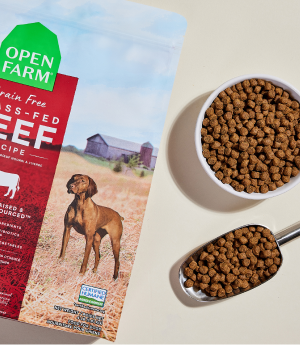
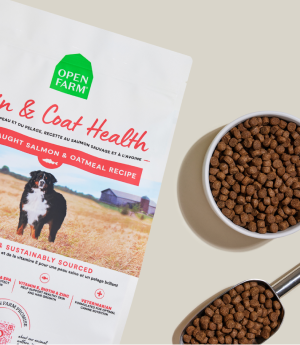
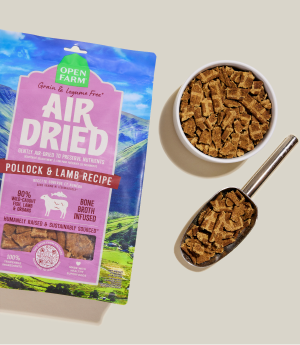

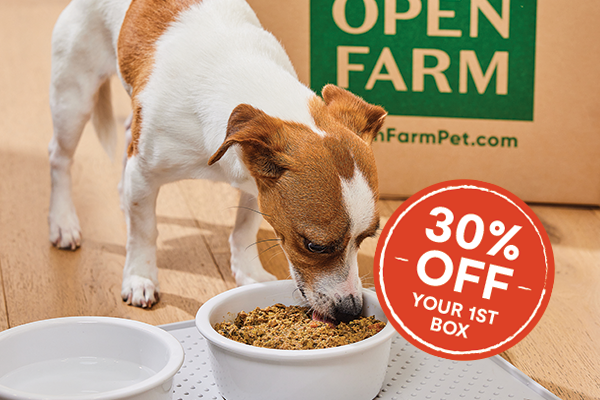

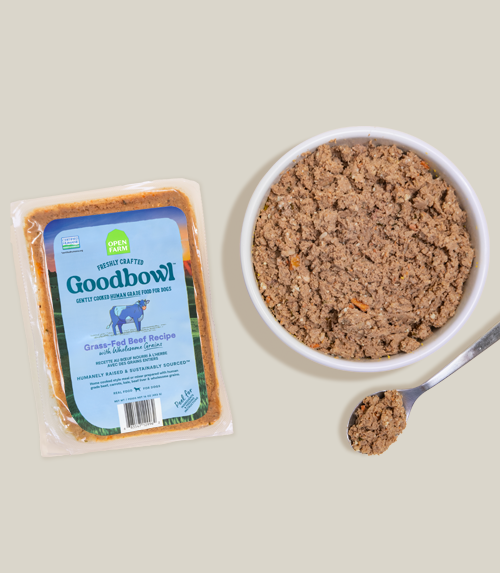


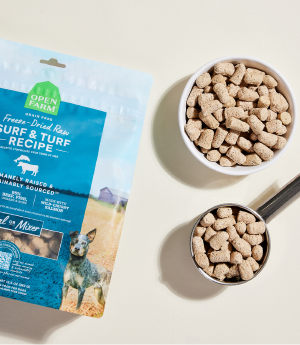
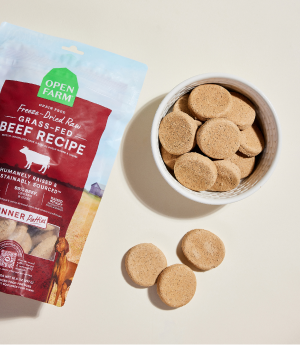
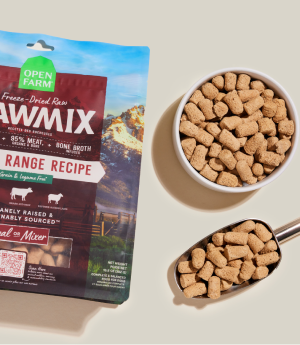
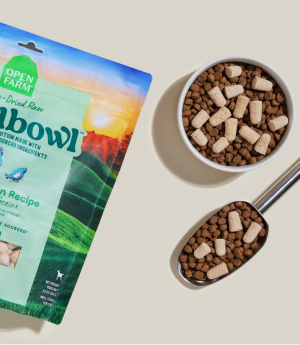
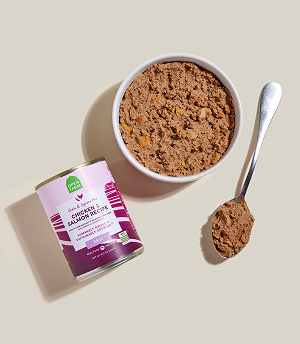
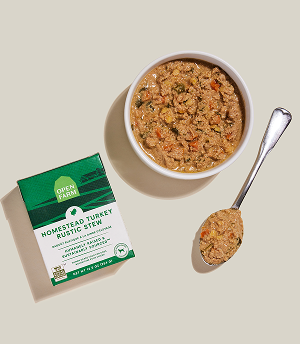
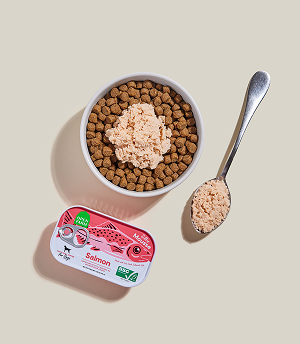
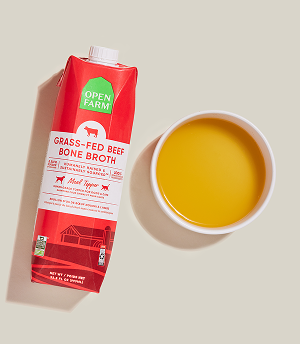

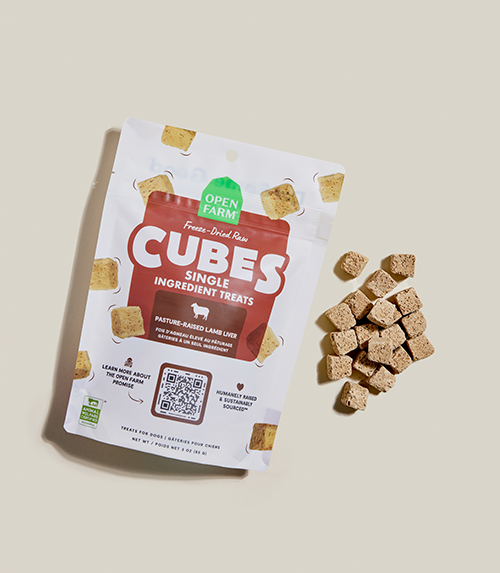
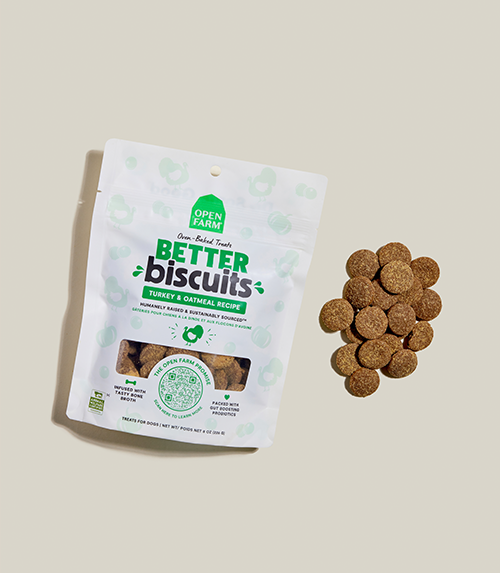











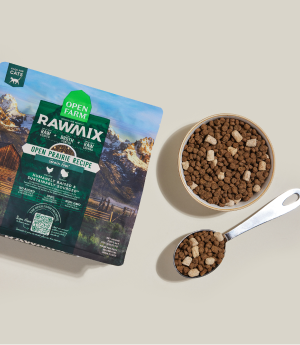
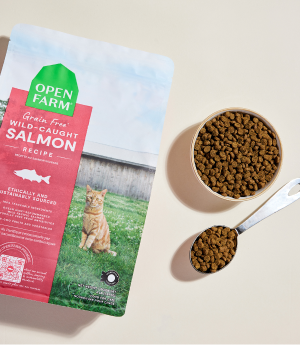
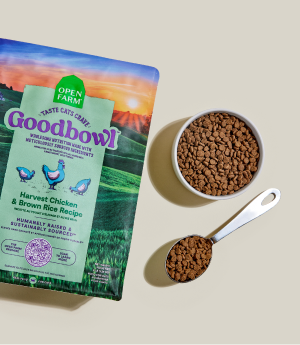
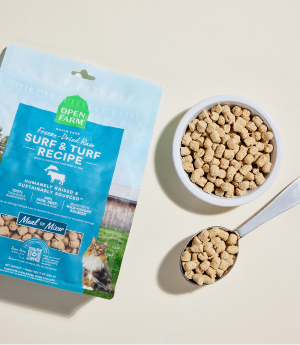
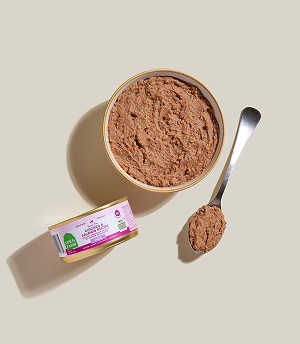
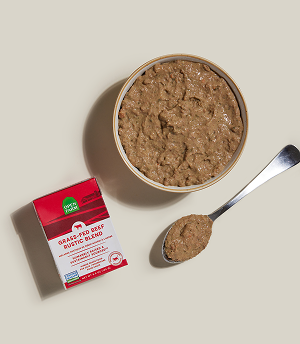
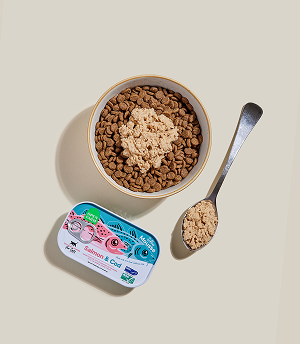
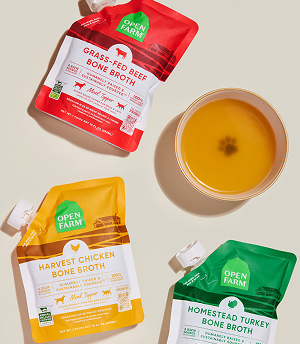
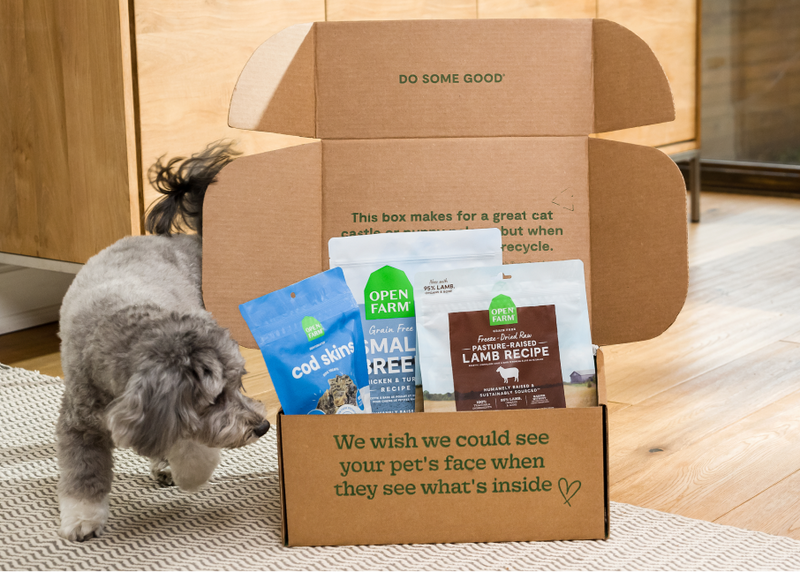
 Sign In
Sign In
 Create Account
Create Account










